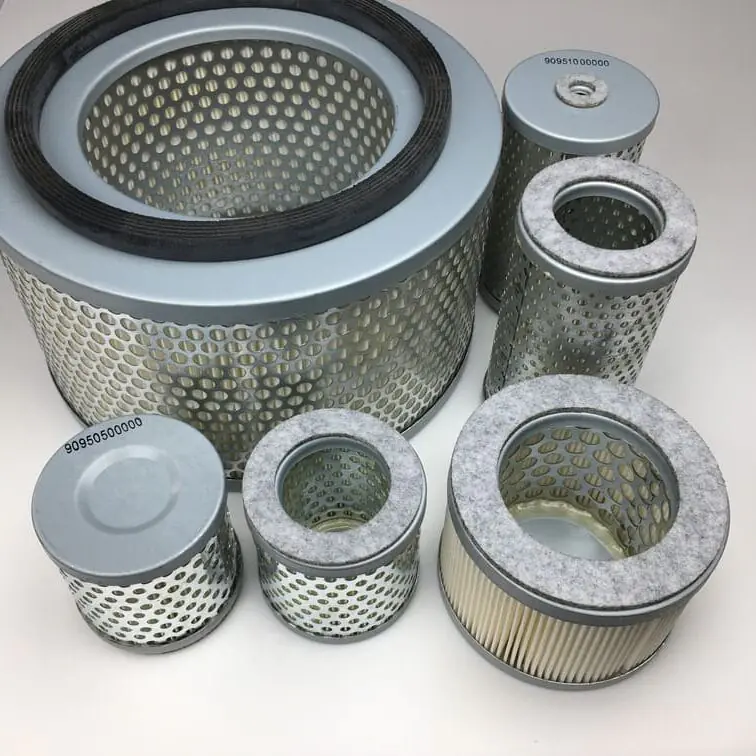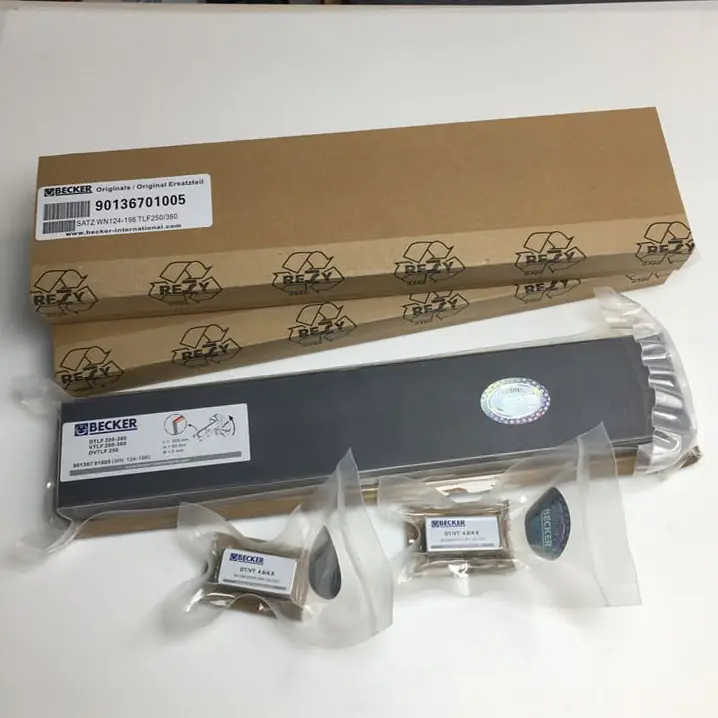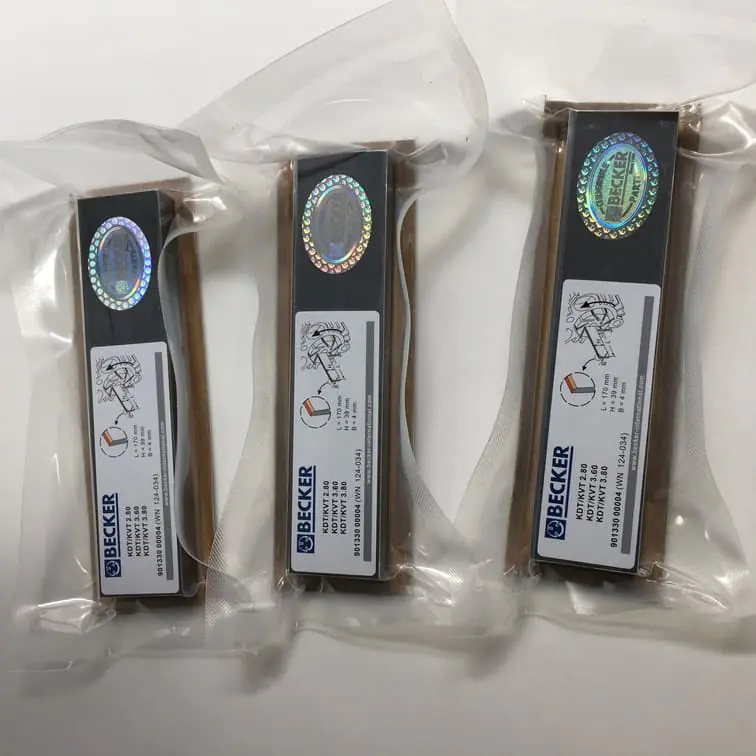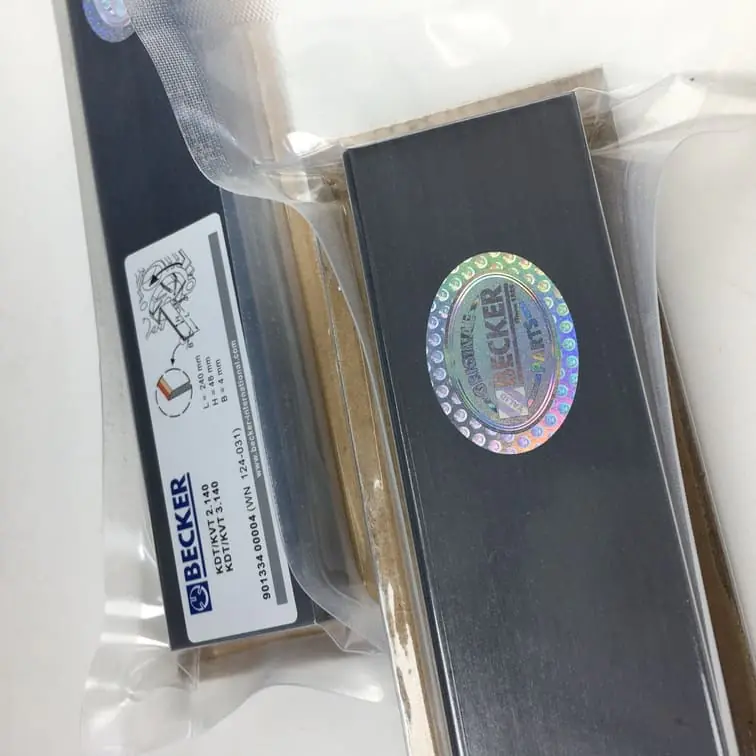How to Make a Hand Vacuum Pump
A hand vacuum pump is a simple and practical tool that finds applications across a wide range of fields, from science experiments to household tasks. This article will guide you through the process of making your own hand vacuum pump. Not only is it an interesting DIY project, but it’s also an opportunity to learn how basic physics can help solve everyday challenges. We will explore everything you need to know to make your own hand vacuum pump, what components are required, and how to assemble them effectively.
What is a Hand Vacuum Pump?
A hand vacuum pump is a manually operated tool that removes air or other gases from a container, creating a partial vacuum. This pump is often used in laboratories, mechanics, or even with household appliances. Essentially, it allows you to control air pressure in a specific space by decreasing the number of gas molecules inside, leading to a pressure drop.
There are different types of hand vacuum pumps, but the principle remains the same: manually operate a piston or diaphragm to remove air from a chamber. In this project, we will focus on creating a simple vacuum pump using materials that are relatively easy to obtain.
Hand vacuum pumps can be highly versatile. You might use them in scientific experiments involving low-pressure environments, as well as in practical, day-to-day settings like vacuum-sealing bags or inflating a flat object.
Materials Needed to Make a Hand Vacuum Pump
To make your hand vacuum pump, you will need a few essential components that are easily accessible. These include:
- Plastic Syringe (preferably large size): The syringe will act as the main body of your hand vacuum pump, helping move air out of the desired space.
- Plastic Tubing: This will connect the syringe to the target chamber where you want to create the vacuum.
- One-way Valve: To control airflow direction, preventing air from flowing back into the space you’re creating a vacuum in.
- Plastic Cap or Seal: To help close off the end of the tubing and ensure a tight fit.
- Super Glue or Epoxy: To keep the connections airtight.
With these materials, you will be well-prepared to assemble a functional hand vacuum pump that can be used for a variety of purposes.
Step-by-Step Guide to Making Your Hand Vacuum Pump
Now that you have gathered the necessary materials, let’s dive into how to make your hand vacuum pump.
1. Attach the Tubing to the Syringe
- Cut the Tubing: Cut a length of tubing, approximately 6-8 inches long. This length will provide enough flexibility while keeping the connections manageable.
- Connect Tubing to Syringe: Attach one end of the plastic tubing securely to the nozzle of the syringe. Ensure that there is a snug fit; otherwise, use super glue to keep the connection airtight.
2. Insert the One-Way Valve
- Position the Valve: The one-way valve is critical to control the direction of airflow. Insert the valve into the free end of the tubing.
- Check Valve Direction: Make sure that the valve allows air to flow out of the syringe but prevents it from coming back in.
3. Seal the System
- Seal Any Openings: Use super glue or epoxy to seal any gaps where air could leak in. It is vital that your system remains airtight to create an effective vacuum.
4. Testing the Pump
Once your hand vacuum pump is assembled, it is time to test it. Attach the tubing to the space you want to create a vacuum in, such as a small plastic container. Pull the plunger of the syringe back, and observe whether air is effectively being removed from the container.
Tip: You can use this setup for small science experiments, such as demonstrating the boiling point of water at reduced pressure or even for vacuum-sealing bags of food.
Practical Applications of a Hand Vacuum Pump
Hand vacuum pumps are versatile tools that have numerous applications. Here are some interesting ways you can put your hand vacuum pump to use:
1. Laboratory Experiments
Creating low-pressure environments for experiments is an excellent application. You can use the hand pump to demonstrate how atmospheric pressure affects various objects, or even to illustrate changes in the physical properties of liquids under different pressures.
2. Vacuum Sealing
A hand vacuum pump can be used to remove air from plastic storage bags, thereby creating a tight seal. This is useful for storing food, as vacuum-sealing helps prevent moisture and oxygen exposure, both of which can degrade the quality of the stored items.
3. Removing Air from Hydraulic Systems
In some applications, air bubbles in hydraulic systems can reduce efficiency and cause malfunctions. A hand vacuum pump can help remove these unwanted air pockets from smaller hydraulic or pneumatic setups.
Advantages of Making Your Own Hand Vacuum Pump
There are many advantages to creating your own hand vacuum pump, especially if you want to gain a better understanding of how air pressure works or you just need a simple vacuum solution.
- Cost Efficiency: Building a hand vacuum pump is far cheaper than buying a commercially available one. The parts can often be sourced for less than $10, which makes this a cost-effective solution for those on a budget.
- Educational Value: Building your own pump can be a rewarding experience, especially if you’re interested in the underlying physics. It’s a great educational project for both kids and adults.
- Versatility: While this hand pump may not generate the strong vacuum required for some professional tasks, it is perfect for small, low-pressure needs.
Challenges and How to Overcome Them
While building your own hand vacuum pump can be relatively straightforward, there are some potential challenges you may encounter.
1. Leaks in the System
Leaks can prevent you from achieving a proper vacuum. Make sure that all connections are tightly sealed with super glue or epoxy. If a leak is detected, consider reapplying adhesive to ensure a better seal.
2. Valve Malfunction
The one-way valve must function correctly for the pump to work. Make sure that you install it in the right direction and verify that it is working by blowing through it before inserting it into the system.
Table 1: Common Issues and Solutions for Hand Vacuum Pumps
| Issue | Possible Cause | Solution |
|---|---|---|
| Air Leaking | Poor Connections | Reseal with Glue or Epoxy |
| Valve Not Working | Installed Incorrectly | Reposition or Replace Valve |
| Weak Suction | Tubing Blocked | Check and Clear Tubing |
Frequently Asked Questions
1. How effective is a hand vacuum pump for creating a vacuum?
A hand vacuum pump is effective for creating a low-level vacuum in small containers or spaces. It’s perfect for educational purposes, light-duty work, and DIY projects but may not generate a vacuum strong enough for industrial uses.
2. What type of valve should I use?
You should use a one-way check valve that allows air to be expelled without letting it return. These valves are often used in aquariums and can be purchased at a pet store or hardware shop.
3. Can I use this vacuum pump to remove air from food storage bags?
Yes, you can use this pump to remove air from food storage bags, effectively vacuum-sealing them. It helps keep the food fresh by reducing oxidation and moisture buildup.
4. Is it possible to increase the strength of the vacuum?
To increase the vacuum strength, you can use a larger syringe, which will allow you to displace more air per pull. Alternatively, incorporating a more robust check valve could improve performance.
Conclusion
Making a hand vacuum pump is a simple and educational project that has various practical applications. Whether you need it for laboratory experiments, vacuum-sealing food, or removing air from small hydraulic systems, the hand vacuum pump can be a versatile tool. By following this guide, you can create your own and customize it to suit your particular needs.
For those interested in more DIY vacuum projects or parts to build custom vacuum tools, check out vacuumpumppart.com for more supplies, ideas, and support. Remember, building your own equipment not only saves money but also empowers you with valuable knowledge and skills.




